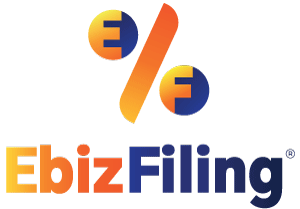Strategies to Overcome Trademark Refusal Under Section 9(1)(b)
These are a few effective ways how you can master the Trademark Refusal under section 9 (1) (b):
- Prove Brand Recognition: Show that people associate the trademark with your business through sales, ads, and customer feedback.
- Provide Evidence of Long Term Use: If your brand has been used for many years, submit documents proving its market presence.
- Modify the Trademark: Add unique words, symbols, or designs to make it more distinctive.
- Claim Secondary Meaning: Show that even if the mark was common initially, it now represents your brand due to public recognition.
- Use a Disclaimer: Agree not to claim exclusive rights over the descriptive part of the trademark.
- Submit a Consumer Survey: Conduct a survey proving that customers link the trademark to your brand.
- File an Appeal: If rejected, you can challenge the decision with strong supporting documents.
Conclusion
Indian Trademark law strictly prohibits the use of descriptive words in trademarks, similar to laws worldwide. Using common words as trademarks can be risky, as it may lead to confusion among the public and reduce brand distinctiveness.
Suggested Read :
International Trademark Assignment
Types of Trademark Assignments











September 10, 2025 By Dhruvi
Can we apply for Logo and Wordmark Registration in Single Application? Introduction Businesses often wonder whether they can register both their logo and wordmark in one trademark application to save costs and simplify the process. Under Indian Trademark Law, it […]
September 10, 2025 By Dhruvi
Can I Use Different Colour Combinations After Applying Logo as a TM Application? Introduction When it comes to protecting your brand identity, every detail matters, including the colours in your logo. Many business owners are curious if they can change […]
August 4, 2025 By Dhruvi
Can You Legally Own an AI-Generated Brand Name in India? More and more Indian startups, influencers, and creators are turning to tools like ChatGPT, Namelix, and Shopify’s AI business name generators to craft brand names. But the question remains: Can […]